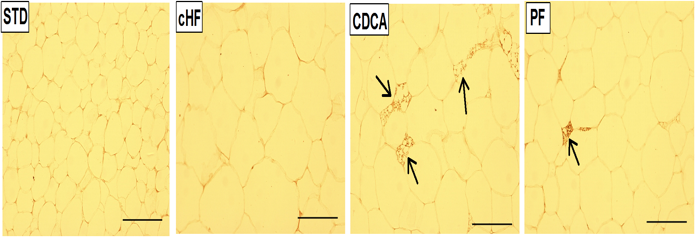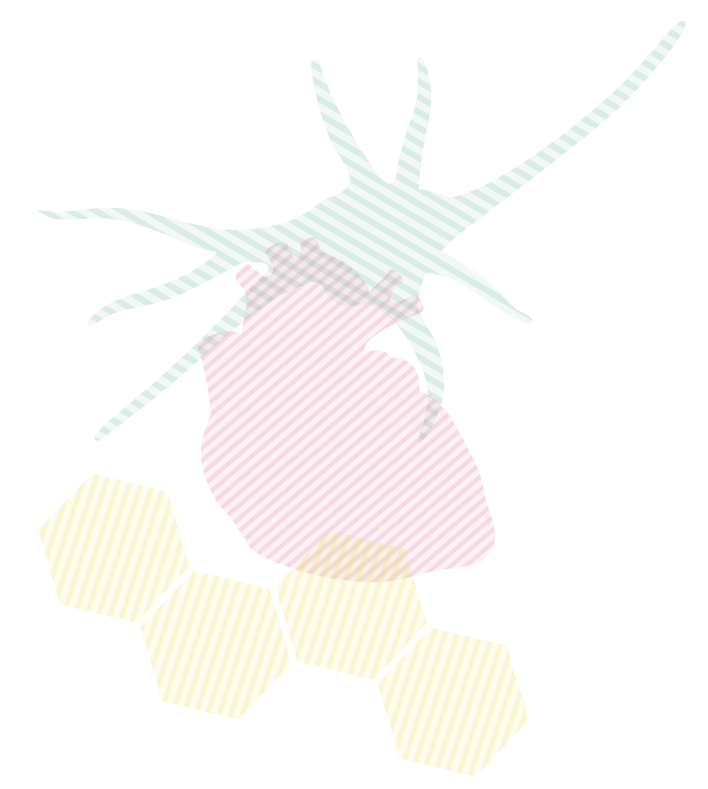Bile acids reduce energy intake and activates the thermogenic function of brown fat.
Bile acids – steroid substances that are formed in the liver and pass through bile into the intestine, where they allow the digestion of fats. The inhabitants of many Asian countries attribute to these substances medicinal and stimulating effects, in Western medicine they are used to treat cholelithiasis. Experiments on mice fed a high-fat diet (carried out in collaboration between the Institute of Physiology and the University of Coimbra in Portugal) have shown that administration of one of the bile acids (chenodeoxycholic acid; CDCA) prevents obesity. This effect of CDCAs involves both a reduction in food intake and an increase in energy expenditure by affecting brown adipose tissue, a unique thermogenic tissue present in mammals, including humans. Particularly in neonates, brown adipose tissue prevents cold and consumes large amounts of nutrients. Under the influence of CDCA, the content of UCP1 protein, which mediates heat production, increases in brown adipose tissue. In addition, cells with UCP1 also appear in white adipose tissue.
Microscopic image of a section of subcutaneous white adipose tissue in mice
Higher abundance of UCP1-positive cells (highlighted by arrows) in mice fed a high-fat diet supplemented with 0.1% CDCA compared to mice fed a standard diet (STD), or a high-fat diet (cHF), or a high-fat diet in an amount equivalent to the food consumption of the CDCA group (PF).

Theodoro J, Zouhar P, Flachs P, Bardova K, Janovska P, Gomes A, Duarte F, Varela A, Rolo A, Palmeira C and Kopecky J. 2014. Enhancement of brown fat ther-mogenesis using chenodeoxycholic acid in mise. International Journal of Obesity 38:1027-34. IF = 5.38










